Singapore chefs reveal the secrets of a good soya sauce and how they use it in their dishes
Accessible and versatile, this staple in many households is often under-appreciated. But not by chefs Damian D’Silva, Kenjiro Hashida and Daniele Sperindo, who share a passion for this liquid condiment.
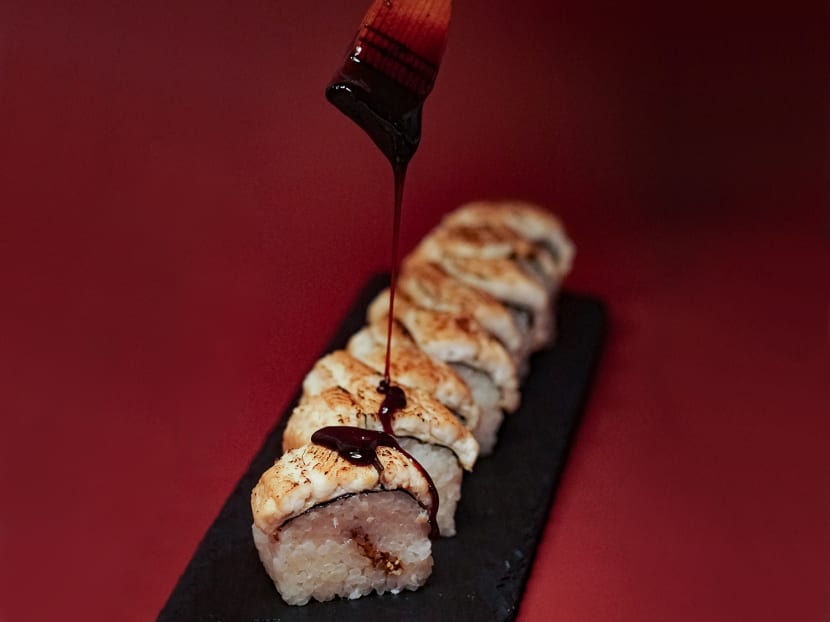
(Photo: Hashida)
As ancient as the process of fermentation is, the advantages this time-honoured culinary art bring to the table remain crucial to the making of our favourite foods and drinks.
Its application is celebrated in a vast variety of pantry must-haves across eastern and western cuisines – from cheeses to beers, to cultured butter and the ever-trendy miso.
Few, though, are as essential as they are often under-appreciated – for their more refined adaptations and versatility, that is – as the soya sauce.
A staple in nearly every household, and not just the Asian home, its unmatched accessibility may have something to do with this.
Made using a deceptively simple recipe of fermented soya beans, salt and sugar, and often roasted wheat as well, the results under expert care is delectably nuanced.
And top chefs know these all too well, for it isn’t only quality that they look for in their preferred soya sauce. Many will source from several produces, mixing two or three varieties to their desired proportions for a taste that is uniquely theirs – turning all too familiar soya sauce-dependent dishes into personal favourites, from our favourite hawker stir-fry to more elegant braises and stews from the island’s most beloved restaurants.
Like it is with most time-honoured recipes involving few ingredients, the production of good soya sauce is aptly time consuming. There are no doubt quicker commercial methods, but suffice it to say, the limited appeal of these cheaper and less elegant alternatives speak for themselves.
To be fair, some commercial producers may still ferment their brew for up to three months. But in contrast, traditional methods in key producing countries like Japan call for a decidedly longer fermentation of up to two years in some cases, and in handmade wooden barrels (a rarity in itself) that are sometimes more than a hundred years old.
Now, that’s not to say the traditional method is terribly more expensive. But what remains prevalent among these top producers is a preference for using only the best quality soya beans, with some preferring the organic variety. And that is because every aspect of the production process, from the microorganisms (mould and sometimes yeast) that are responsible for the fermentation, to the climate and types of vessels used, contribute significantly to the development of distinctly savoury (aka umami) flavours in the final product.
THE SINGAPOREAN ADVANTAGE
Despite a healthy market for local brands, it might surprise many to learn that Singapore is a great place to produce soya sauce. Its hot weather and humid conditions make for the ideal setting, said veteran chef Damian D’Silva, whose latest restaurant, Rempapa, serves his acclaimed brand of what’s been dubbed “Singapore new heritage cuisine” – a unique symphony of Peranakan, Eurasian, Chinese, Indian and Malay culinary culture, featuring time-honoured recipes alongside newer inspired dishes.
“In the past, there was always artisanal soya sauce 'uncles' who sold their sauces, peddling from street to street,” he shared.
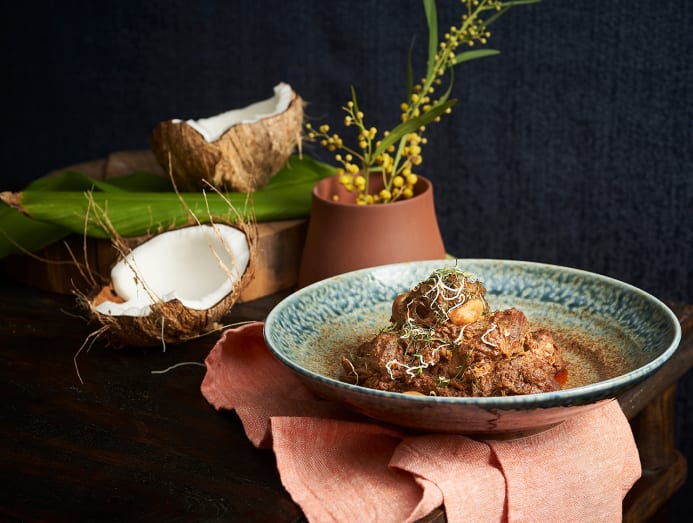
“This requirement of buying quality soya sauce has been drilled into my head since I was a child, so I will always be discerning about the choice and quality of the different soya sauces we use.” He further explained that the taste and consistency of the soya sauce are dependant on the quality of the beans used, the preservation method and time, which in his opinion made the use of sub-standard beans pointless to begin with.
The final result should be soya sauce that is salty with a distinct sweetness and a subtle bitterness, which D’Silva said contributes to the development of its umami flavour. He added that he also leverages on the subtle differences in the select few types of soya sauces in many of the restaurant’s stews, sauces and even curries.
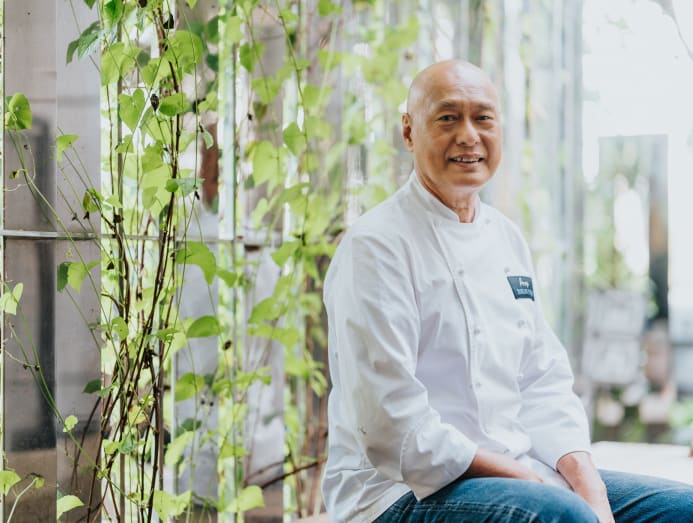
“Of course, there are companies that add monosodium glutamate to boost the umami levels in the sauce, but the flavour would then have an artificial aftertaste,” he maintained.
D’Silva reckoned that the key to the soya sauce’s sustained relevance is its versatility – over the last decade, it’s been used to marinate and flavour sauces, pies, casseroles and even desserts, and even gives brown bread its desired colour.
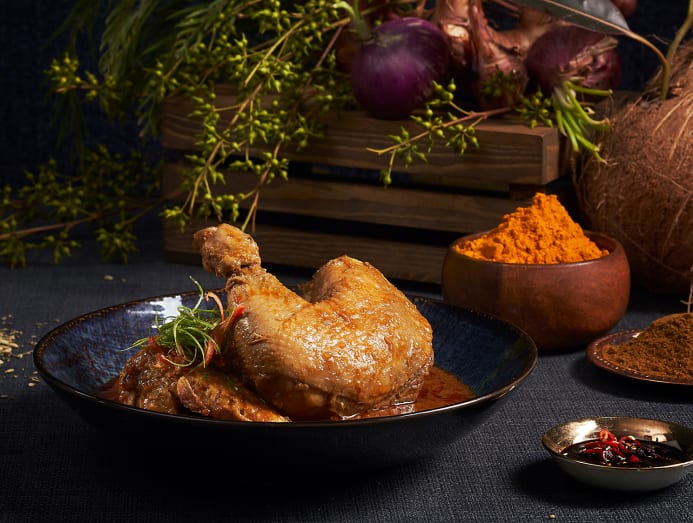
He added: “Depending on the dishes, we use two types of light soya (one is saltier), and two types of dark soya (again, one is saltier); I believe the saltier one is a Teochew variety and the less salty option is Cantonese. My favourite variety depends on the dishes being executed. I favour the salty more than the sweet varieties and I use it in almost all my dishes. I get them from two different local manufacturers: Kwong Woh Hing and an artisanal brand that has no branding and comes in green beer bottles.”
PRESERVING THE JAPANESE LEGACY
In contrast, the inspiration behind the Japanese soya sauce (or shoyu) can be traced back a fair bit further, said chef Kenjiro “Hatch” Hashida of progressive sushi restaurant Hashida Singapore.
This was even during the Edo period, he explained, when seasonings such as gyosho and irizake were popular; made simply with fermented fish in the case of the former, or a combination of umeboshi (pickled plum), koji, mackerel and sometimes aged sake for the latter.
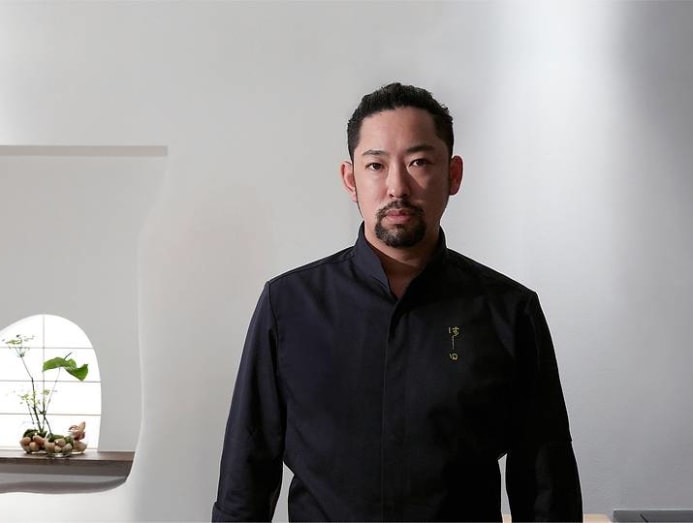
At his restaurant, Hashida works with a similarly unfussy selection of just two types of bespoke sauces. The lighter option in terms of consistency is also saltier – made by combining two types of Japanese soya sauce – and is reserved for his sushi and sashimi recipes.
The other is a thicker, sweeter sauce that boasts the DNA of a mother sauce from as far back as a decade and a half. He explained: “I got the mother sauce from my father when I first came to Singapore and this mother sauce is already more than 50 years old (under my father’s hands). And my father (who established restaurant Hashida in Tokyo, Japan) received his from his master and that mother sauce is more than 100 years old.”
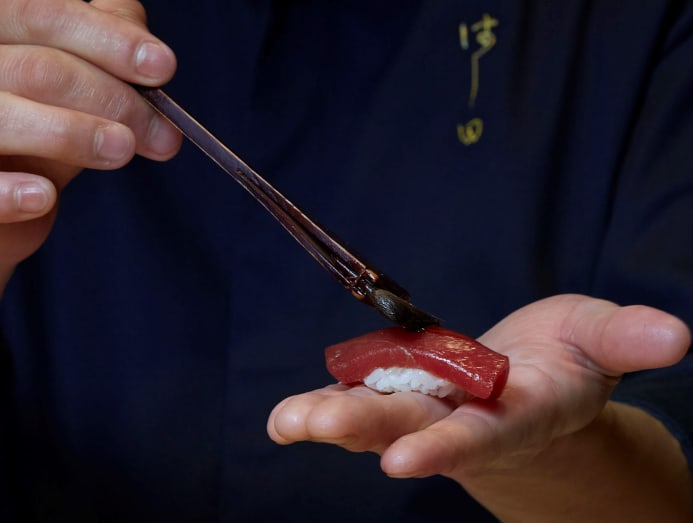
The sauce, he elaborated, is made with anago (saltwater eel) bones that are first grilled, then boiled and later combined with sake, sugar and soya sauce. Only when this base mix is right will Hashida then add in the mother sauce.
Its richer umami flavour is unmistakable and a natural complement to his delicate eel dish. But out of its season, like during spring when squids are especially fleshy and flavourful, Hashida uses the sauce to elevate a more humble catch that include hamaguri (common hard clams). Also, because the squid he uses would be plump with eggs, it makes sense to pair this dish of simmered squid (ika no taiko no takiawase) with other seasonal gems, the likes of a Japanese seabream (also with roe), and his signature serving of caramelised monkfish liver, marinated in the same sweet sauce and lightly grilled.
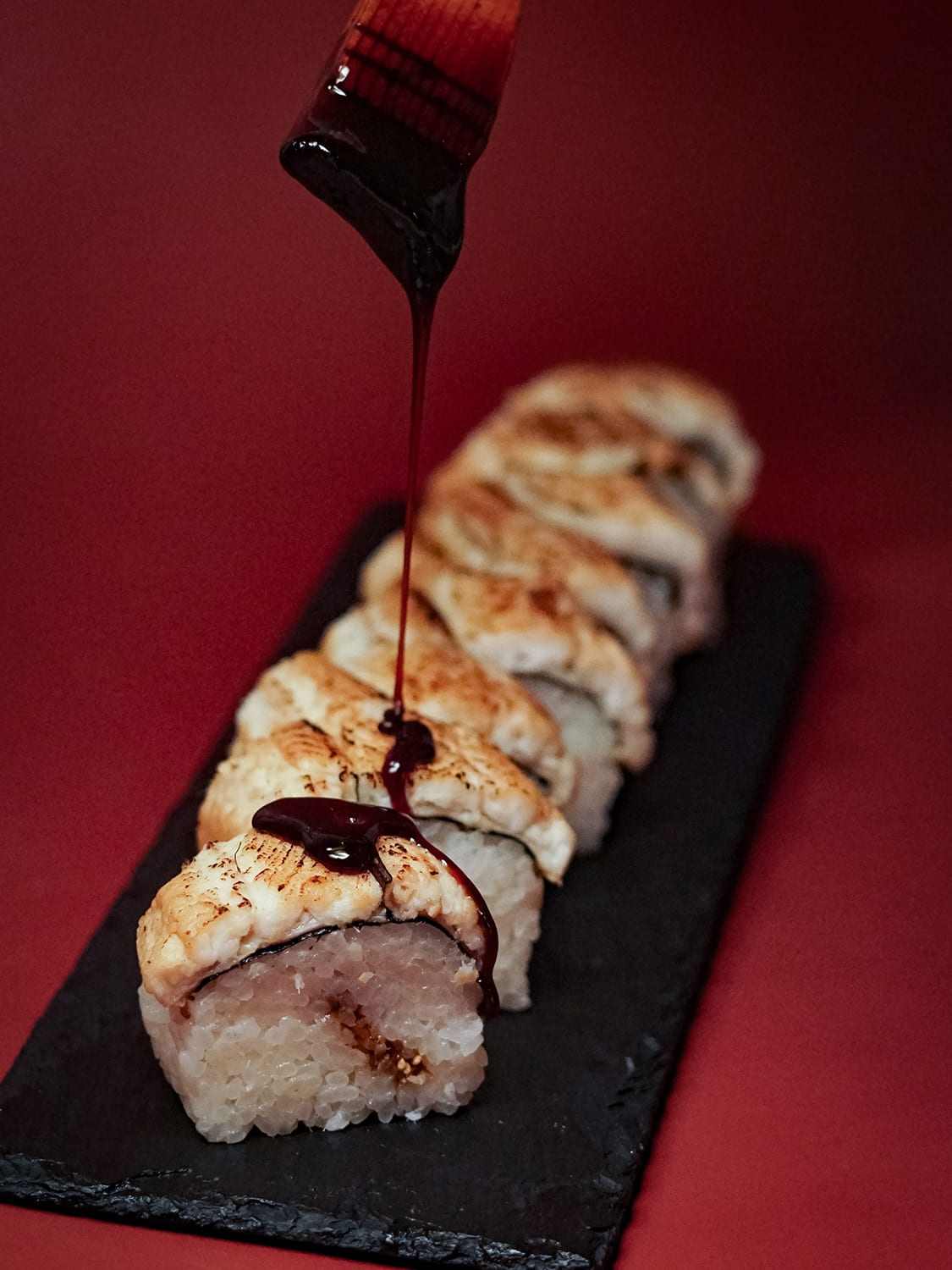
These not only illustrate the significance of the sea’s bounty in Japanese culinary culture, but also their soya sauce’s synergistic qualities. Coincidentally, many long-established manufacturers of gyosho that now produce soya sauce continue to operate from their location by the ocean, Hashida said, although he prefers to source his preferred brands further inland and closer to where soya beans naturally thrive or are farmed well.
Preferably from the Gunma prefecture, he added, where top producers of traditional naturally fermented soya sauce such as Aritaya have been operating for the last 190 years.
A WELCOME ITALIAN BOOST
Complexity is a boon to have in a well-balanced dish. And that’s regardless of the cuisine style in question. This truth also helps explain why Daniele Sperindio, an Italian chef who enjoys his fermented products, has even tried making his own soya sauce.
“While soya sauce is predominately found in Asian cuisines, a subtle use of it can add amazing character and sapidity to preparations of any background, without changing the perceived ‘ethnicity’ of such a preparation in any recognisable way,” shared the native of Liguria, who now helms the kitchen at modern Italian restaurant Art, among his other responsibilities as il Lido group’s executive chef.
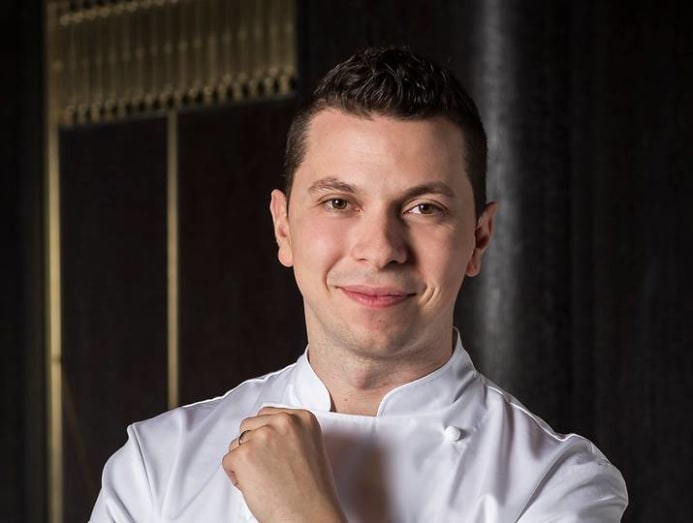
He admitted using colatura (Italian fish sauce made from fermented anchovies) in a similar fashion and quite frequently. But he also added that he appreciates the fact that soya sauce allows for a higher degree of executional freedom as a vegan product. He’s also tested some of the limits in traditional and in more unconventional settings, such as in his modern European creations, desserts included.
“A drizzle of shoyu caramel over homemade smoked Hokkaido milk gelato can really make your day,” Sperindio said. He has also incorporated soya sauce in the compressing liquid for his cheeky watermelon starter, the Grigliata Estiva, which makes a return to Art’s summer tasting menu. This lets him achieve a “darker” and more savoury depth to the deliciously sweet Sicilian fruit, which is then gently caramelised over charcoal.

Interestingly, what he employs is a mix of two types of salty soya sauce and none of the sweeter options. Still he reckoned this is enough to broaden the dish’s flavour profile. Part of the aim is to trick the eye, so as to allow for a greater eureka moment on the palate, which is not uncommon in the creative world of modern gastronomy. And according to Sperindio, the use of soya sauce to replace salt as the key sapidity enhancer is just as increasingly common among successful chefs from all backgrounds.
“Fine dining chefs often are the early adopters of such new trends, which then trickle down to the more casual establishments, and even western home cooks,” he said.
“In Japan, they have even developed a clear soy sauce, giving cooks the option of incorporating its distinct and umami salinity without affecting the colour of the dish!”
And just when you were thinking the soya sauce could not be more delectably handy.








